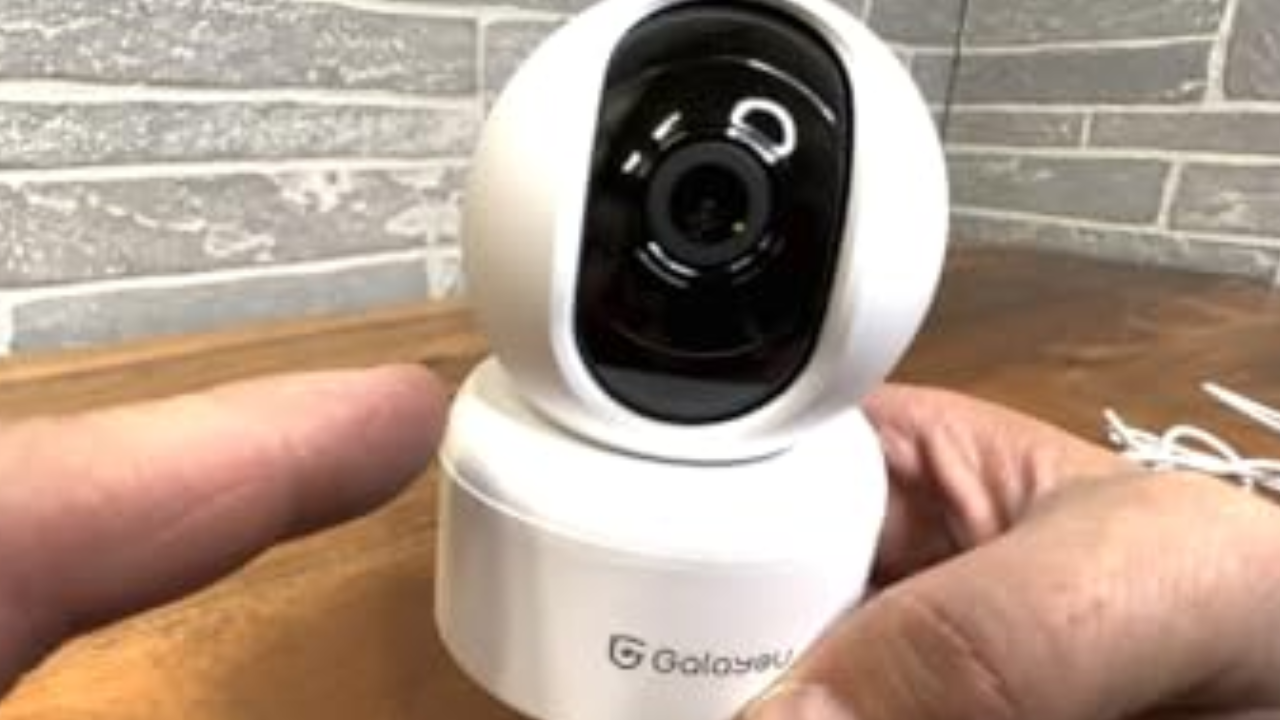A surveillance tool called a Wi-Fi security camera can remotely watch an area through a computer, tablet, or smartphone by connecting to a wireless network. The usual features of these cameras are motion detection, night vision, and the ability to record high-definition video. Anywhere with an internet connection can access recorded or live streams of footage, giving homeowners, companies, and other properties more protection and peace of mind.
Two-way audio communication, cloud storage for recordings, and interaction with smart home devices are just a few of the extra capabilities available on some versions. Popular options for both indoor and outdoor surveillance, wi-fi security cameras provide location versatility without requiring a lot of wiring.
Do Security Cameras With Wi-Fi Record Audio?
Yes, a lot of Wi-Fi security cameras can capture audio in addition to video. It's crucial to review the features and specifications of each camera, though, as some might not have this capability or might only offer it as an optional extra. Further restrictions on the use of audio recording in surveillance equipment may come from municipal laws and ordinances.
Wi-Fi Security Cameras' Perks Compared to Traditional Security Systems
There are some significant distinctions between Wi-Fi and traditional security cameras.
Connectivity
This is where they differ most significantly from one another. Wired connections are usually necessary for traditional security cameras to be connected to a monitoring station or recording device. This calls for the installation of wiring and cables, which can be difficult and time-consuming. Wi-Fi security cameras, on the other hand, link straight to a Wi-Fi network using wireless technology. Because the proximity to wired connections does not constrain users, this wireless feature makes installation easier and permits more flexibility in camera placement.
Remote Observation and Entry
The ease of remote access and monitoring is provided by Wi-Fi security cameras. From any location with an internet connection, users may watch live videos and get notifications. For companies and house owners who wish to monitor their properties while on vacation, this feature is especially helpful. It is usually not possible to see footage or obtain recordings from traditional cameras without being present on-site.
Smart Home Integration
Smart home devices and systems frequently work with WiFi security cameras. Voice control, automation, and interoperability with other smart devices are made possible by their smooth integration with platforms such as Google Assistant, Apple HomeKit, and Amazon Alexa. The limited level of integration seen in traditional cameras makes it difficult for them to communicate with other smart home appliances.
Installation and Scalability
Regarding installation, Wi-Fi cameras are more straightforward than traditional cameras. Users can quickly and easily set up Wi-Fi cameras without requiring complicated settings or considerable wiring. Furthermore, Wi-Fi camera systems are expandable, enabling users to connect more cameras to their network as needed to increase the area of observation. Expanding the system or adding more cameras may take more time and money than traditional systems.
Storage Options
Cloud storage is a common feature offered by Wi-Fi security cameras for stored video. As a result, there is no longer any requirement for on-site storage devices like DVRs or NVRs. With cloud storage, videos are safely stored and can be easily accessed from any internet-connected device. Conventional cameras usually depend on on-site storage options, which might not be as safe or convenient.
Advanced Functionalities
Wi-Fi security cameras frequently have cutting-edge features and capabilities installed. These could incorporate night vision, motion detection, two-way audio communication, and even artificial intelligence features for activity analysis and intelligent object recognition. Wi-Fi cameras are typically more sophisticated and have a greater range of functionality, even though some classic cameras might have comparable characteristics.
Conclusion
With their wireless connectivity, ability to monitor from a distance, smooth integration with smart home systems, ease of installation, and cutting-edge features, Wi-Fi security cameras are revolutionizing surveillance. With these modifications, customers can protect their homes and businesses with greater ease, flexibility, and peace of mind, setting them apart from typical security cameras.

